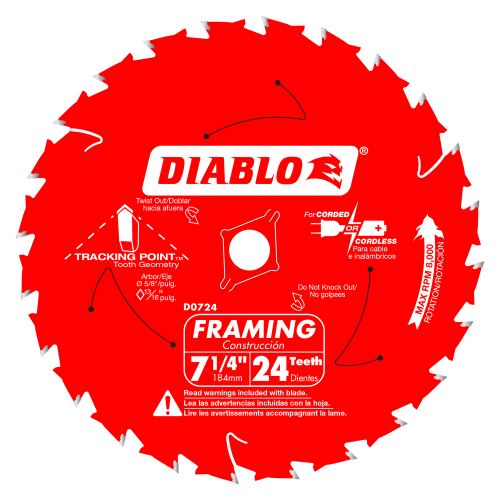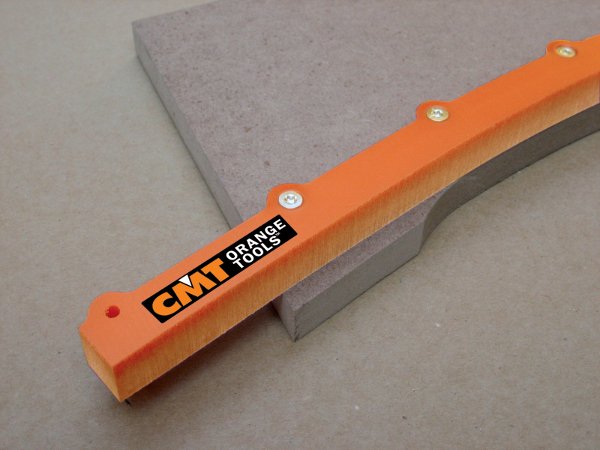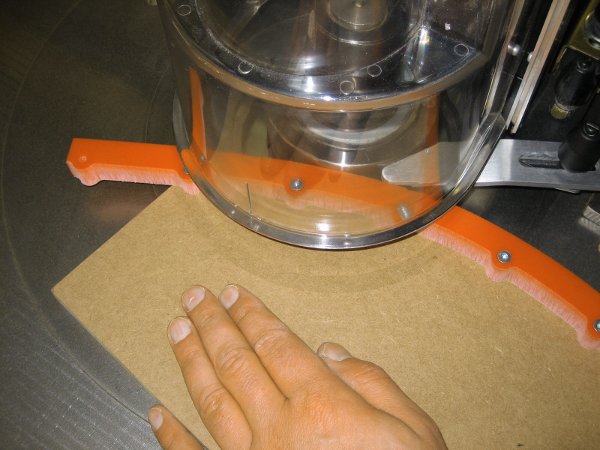Wood is a popular material for construction due to its availability, affordability, and sustainability. It has been used for centuries to build structures of different shapes and sizes. Wood beams, in particular, are used to support heavy loads and provide structural stability. In this post, we will discuss the different types of wood beams and how to join them.
Solid Timber Beams
Solid timber beams are the most common type of wood beams used in construction. They are made from a single piece of wood that is cut and shaped to the desired size. Solid timber beams are ideal for building traditional structures that require a rustic look. They are also strong and can support heavy loads.
Beams made of solid wood can be joined together using a variety of methods, including butt joints, lap joints, and scarf joints. When two pieces of wood come together at a right angle, butt joints are used. The ends are cut straight and joined using screws or bolts. Lap joints are used when one beam overlaps the other. The ends are cut at an angle to allow for the overlap, and the beams are then bolted together. Scarf joints are used when the beams need to be joined end to end. The ends are cut at an angle to create a long, tapered joint, which is then glued and bolted together.
Glulam Beams
Glulam beams are made from several layers of timber that are glued together. This makes them stronger and more stable than solid timber beams. They are often used in modern structures that require a sleek and contemporary look. Glulam beams are available in different sizes and shapes, making them versatile and suitable for a wide range of applications.
Glulam beams can be joined using conventional carpentry techniques like mortise and tenon joints or dovetail joints. A mortise and tenon joint is made by creating a rectangular hole (mortise) in one beam and a projecting piece (tenon) on the other. Following that, the tenon is put into the mortise and fastened with glue or wooden pegs. Mortise and tenon joints and dovetail joints are similar, but the projecting piece in a dovetail joint is shaped differently. By doing this, a joint that can support heavy loads becomes more secure.
Laminated Veneer Lumber (LVL) Beams
Laminated veneer lumber (LVL) beams are made from thin layers of wood that are glued together. This makes them strong, stable, and resistant to warping and twisting. LVL beams are often used in construction where long spans are required, such as in commercial buildings and bridges. LVL beams can be joined together using conventional carpentry methods like scarf joints or lap joints. To create a long, tapered joint that can be glued and bolted together, scarf joints entail cutting the ends of the beams at an angle. The ends of the beams are overlapped and bolted together in lap joints.
Parallam Beams
Parallam beams are made from small strips of wood that are glued together. This makes them strong and resistant to warping and twisting. Parallam beams are often used in construction where long spans are required, such as in commercial buildings and bridges.
Conventional carpentry methods, such as mortise and tenon joints or dovetail joints, can be used to join parallam beams. Cutting a rectangular hole (mortise) in one beam and a projecting piece (tenon) on the other creates a mortise and tenon joint. Following that, the tenon is put into the mortise and fastened with glue or wooden pegs. Mortise and tenon joints and dovetail joints are similar, but the projecting piece in a dovetail joint has a different shape. This enables the joint to support heavier loads.
Box Beams
Box beams are made by sandwiching two solid wood panels around a central core of plywood or MDF. They are very strong, and their hollow center makes them lightweight and easy to install. Box beams are often used in interior design to create a decorative accent or to hide ductwork, wiring, or plumbing. Box beams can be joined using conventional carpentry methods like lap joints or butt joints. When two pieces of wood come together at a right angle, butt joints are used. Straight cuts are made at the ends, and bolts or screws are used to join them. When two beams overlap, lap joints are used. The beams are then bolted together after the ends are angled to accommodate the overlap.
Timber Frame Beams
Timber frame beams are used in traditional timber frame construction. They are made from large, solid timbers that are cut and shaped using traditional carpentry techniques. Timber frame construction is known for its unique joinery and intricate designs, which can be seen in many historic buildings and barns. Strong, long-lasting connections are made using conventional carpentry methods like mortise and tenon joints, dovetail joints, and scarf joints. Wooden pegs that are driven through the joints and then trimmed flush with the wood's surface are used to secure the joints.
There are various types of wood beams used in construction, each with its unique characteristics and applications. Joining wood beams requires a good understanding of traditional carpentry techniques and the ability to choose the appropriate joint for the specific type of beam being used. Whether you are building a traditional timber frame structure or a modern commercial building, wood beams can provide strength, stability, and a natural aesthetic that is hard to match with other building materials.





